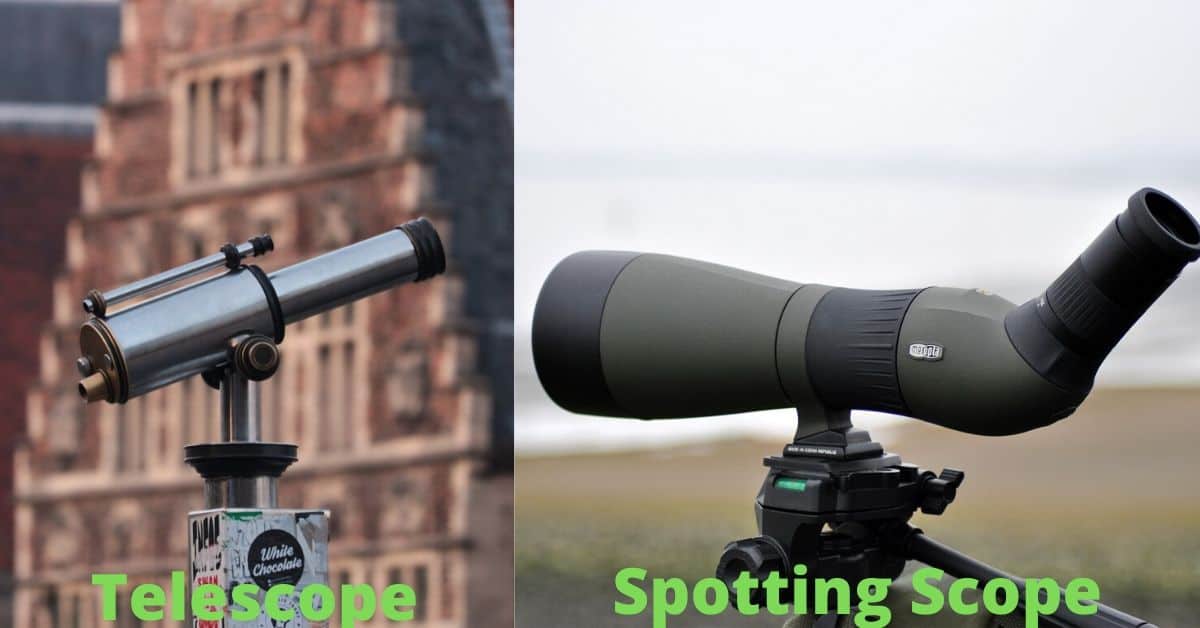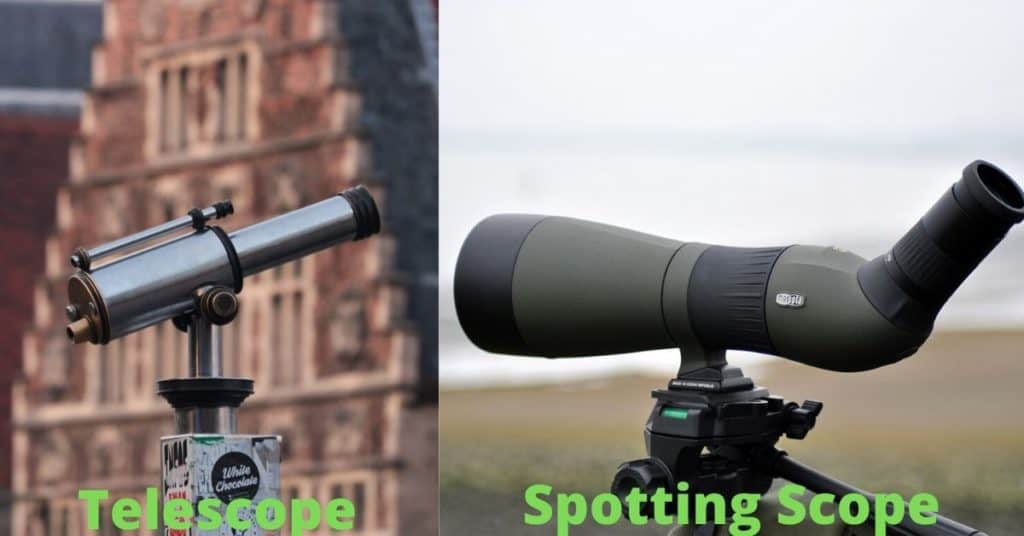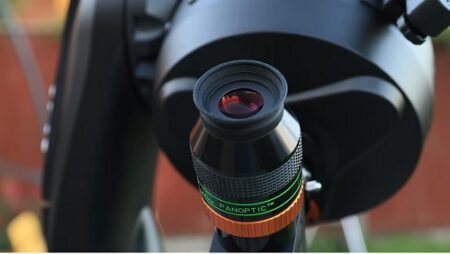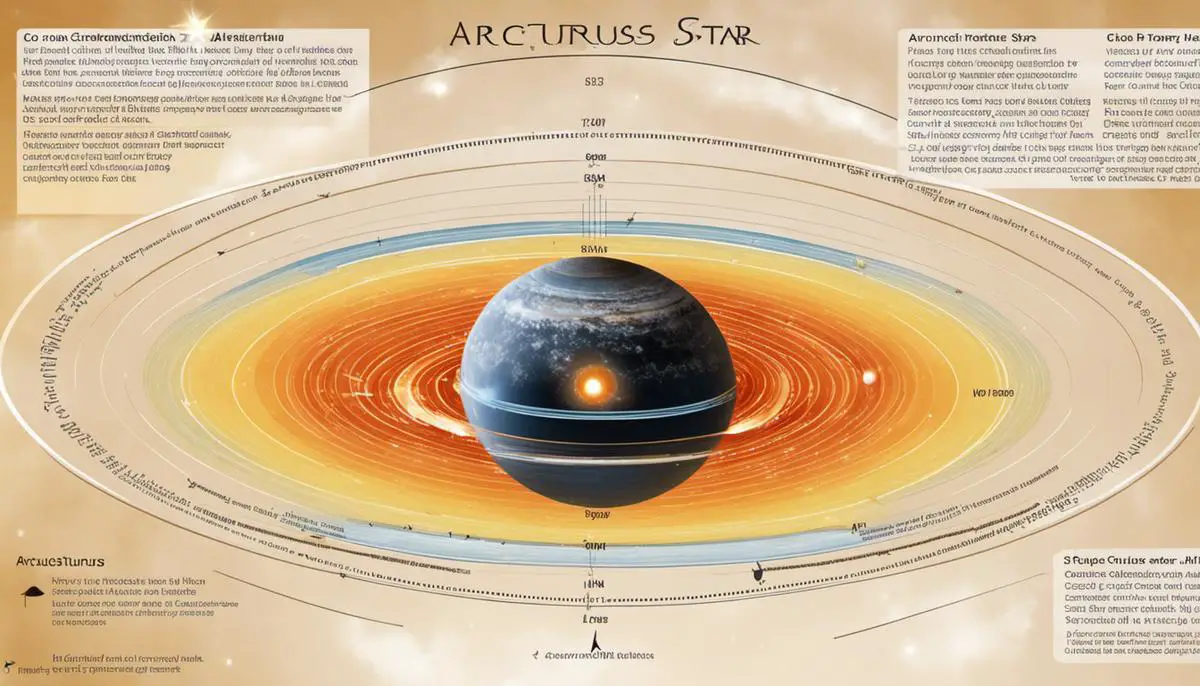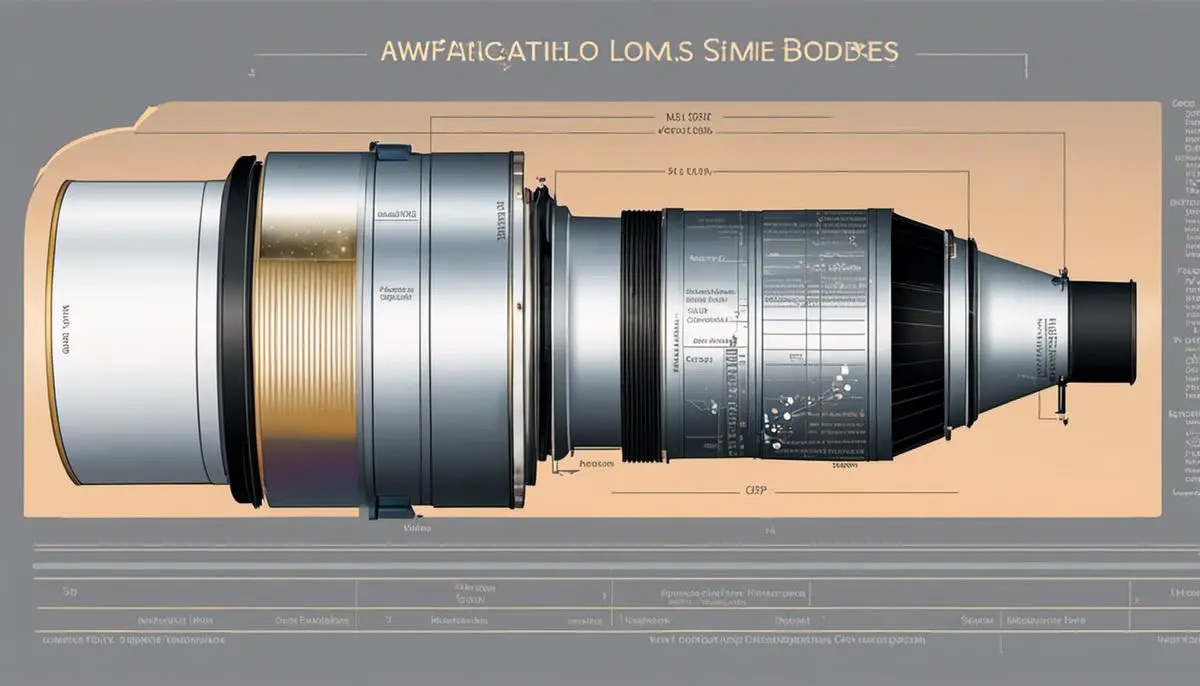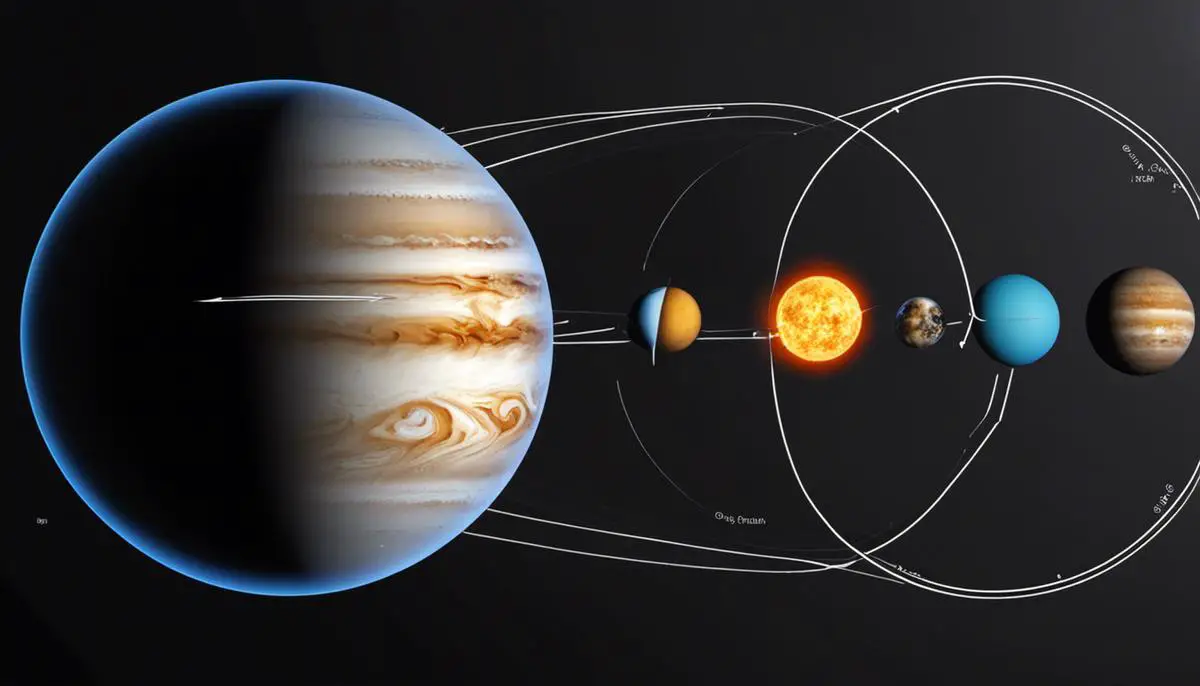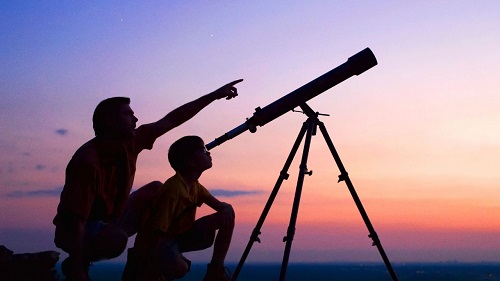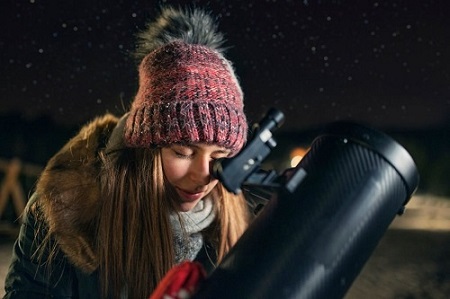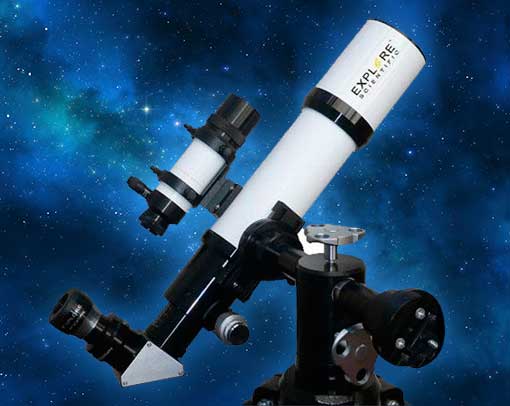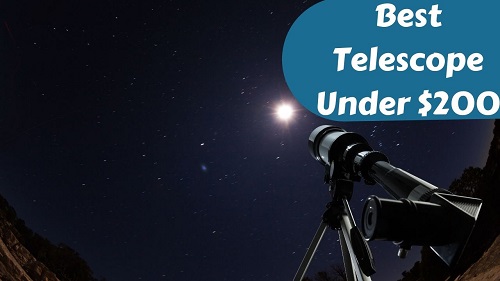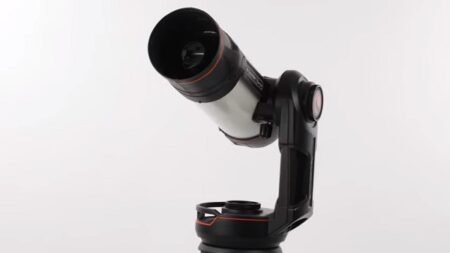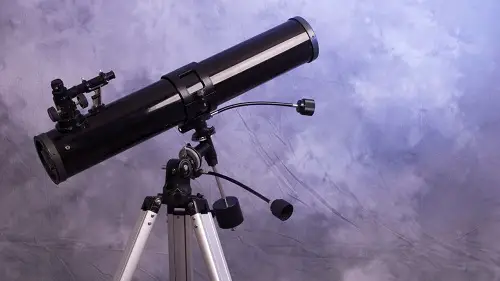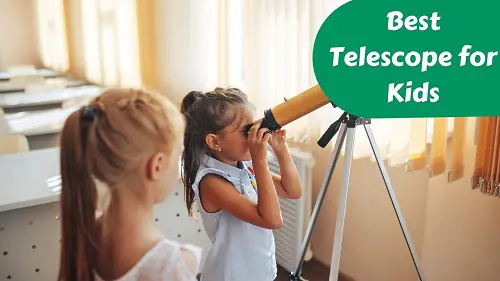Telescope has brought about a revolution in the era of modern astronomy. If you see a wildlife photographer, he may carry a nice spotting scope with him. In the case of terrestrial capture, there is always a controversy about which one would be better, or you can use your telescope for spotting purposes. In this article, I will try to bring a conclusion and clear the fact that can a telescope be used as a spotting scope.
| Question | Answer |
|---|---|
| Can a telescope be used as a spotting scope? | Yes, a telescope can be used as a spotting scope in certain situations. |
| Primary Use | Telescopes are primarily designed for astronomy, while spotting scopes are for terrestrial viewing. |
| Magnification | Telescopes often have higher magnification, which may not be ideal for fast-moving subjects. |
| Field of View | Spotting scopes typically offer wider fields of view, making it easier to track moving objects. |
| Portability | Spotting scopes are generally more portable, compact, and lightweight compared to telescopes. |
| Terrestrial Observations | Telescopes can be used for birdwatching, nature observation, or spotting wildlife and objects. |
| Eyepiece Interchangeability | Many telescopes allow for interchangeable eyepieces, providing flexibility in magnification. |
| Convenience and Practicality | Spotting scopes are specifically designed for terrestrial use, offering more convenience for spotting purposes. |
| Specific Features | Spotting scopes may have built-in features like angled eyepieces, tripod compatibility, and waterproofing. |
| Target Shooting and Archery Spotting | Telescopes can be used for target shooting or archery spotting, offering long-range observation. |
Can A Telescope Be Used As A Spotting Scope?
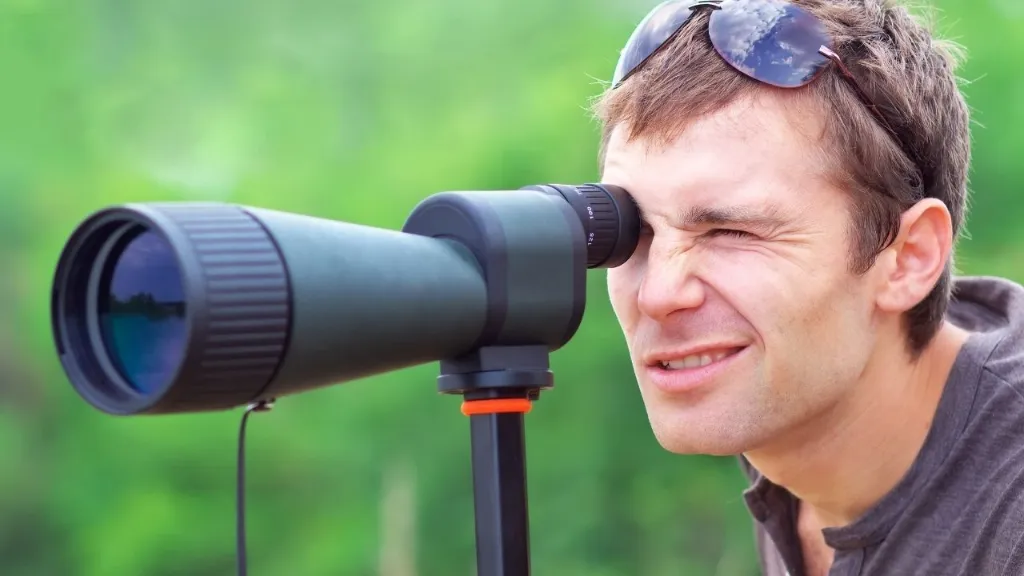
What Is A Spotting Scope?
Before taking out of the confusion, we have to know what the spotting scope is. A spotting scope is the modified version of a telescope. But it is quite different from a stargazer telescope.
Almost all the spotting scopes for astronomy have a label with three digits. The initial two digits indicate the magnification range, and the figure shows the measurement of the front lens. For instance, if you buy a 25-45X 75 models, you can enjoy the zoom range of 25-45X with your spotting scope, and the front lens is 75mm diameter.
Use of a Spotting Scope
Sometimes you will get more magnification than a binocular in the spotting scope. There are many reasons for what people use a spotting scope. The following are the use of spotting scopes.
- For observing mountain ships, deer, and other wildlife photography, you can use a spotting scope
- For watching distant sporting events, like hill ride or boat races.
- Most often, people use it as a long-distance microscope for a closer look at the beehives, ‘hornets’ nests, etc.
- For targeting with your 9mm or .45 ACP pistols or SMG or rifle or in archery, a spotting scope can be a cool customer.
- For the isolated homeowners or farmers, the spotting scope has made an opportunity to survey and watch your property and outbuildings from home.
- You can enjoy the lake, ski resort, and harbor activities from home.
Can a Spotting Scope Be Used to Observe Astronomical Items?
Yes, but because spotting scopes are usually quite a small diameter and therefore don’t gather much light, you won’t see the dimmer objects, nor much detail in planets. But however, the moon would be a good target.
Why Should You Use a Spotting Scope?
When you use a telescope or binocular, watching a bird flying, you will not get enough details most often whatever you want. Let’s have a look at the reasons why you should use a spotting scope.
- It has a higher zооm роwеr аnd mаgnіfісаtіоn lеvеl than a binocular.
- You can have a bright look at an object from far.
- Spotting scopes are more efficient in the shooting range. You can easily view the bullet holes from a long distance.
- You can use the spotting scope for hunting and life photography from a safe distance.
- A freehand and compact spotting sport doesn’t require more time to set up.
Why Shouldn’t You Use a Spotting Scope?
You may face some drawbacks when using spotting scopes. The following are the drawbacks of using it.
- Set up procedure is time-consuming and tedious
- Sometimes spotting scopes become too heavy for you to carry in hunting.
- You have to spend a lot of money on a quality spotting scope because of the high cost involved in buying extra accessories.
- In most cases, you need extra accessories.
Telescope vs. Spotting Scope
There is always a broad distinction between a telescope and a spotting scope. Let’s have a look at them.
- A spotting scope still offers you an upright image but a telescope used in astronomy in most cases. That’s why the telescope provides an upside-down and a reversed image.
- In most cases, a telescope is larger than the spotting scope in size.
- A telescope has a higher magnification than the spotting scope though modern astronomy does not allow higher magnification.
- For the mounting purpose, you can use an ordinary tripod in the spotting scope, but a telescope requires a specialized mount. Many astronomical telescopes have a “polar mount,” or some other type of mounting that will allow it to track the stars as they move across the night sky, and that mount may be motorized, which adds cost.
- Spotting scopes are frog proof and waterproof in most cases. If you look for a waterproof and fog proof telescope, you have to waste a lot of time. Fog proof and waterproof is a rear feature for a telescope.
- Lens power and magnification:
You cannot ask any questions about the lens power and magnification of a telescope. Telescopes allow entering maximum light that is helpful for astronomy as space doesn’t possess its natural light. You can find a home telescope in a long-range about 90X to 150X magnification. But it is hard to set up the zoom in a telescope because you need to change the lens with the change of magnification.
If you want to view from a short-range, a spotting scope is the best option. Durable lenses will allow a maximum number of the entrance of light, and thus, the image quality will be blurred. In most cases, you have to go for 30X to 40X in a spotting scope. But the range is variable according to your preference.
- Focus
Focus is an essential factor you have to keep in mind. With a spotting scope, you can get the detail of an object at around 6 feet of the focus. People use a telescope for using from a long distance. That’s why you will have a blurred view from the close range. You cannot get a detailed picture of astronomy purposes from spotting scopes.
- Mobility and Stability
People use spotting scopes for outdoor use and hunting purpose. They can be substantial, but you can carry them in your backpack. On the other hand, the telescope is more fragile and hard to bear.
How Can You Use a Telescope as a Spotting Scope?
Here we are in the most significant part of this article. A telescope is a combination of several devices. You want to use your telescope as a spotting scope! Yes, you can because a spotting scope has fewer features than a telescope. Using your telescope is quite a complicated process but not impossible. Here we go.
Different telescope designs do different things to the image. Some flip the image left to right and upside down, others flip L-R or U-D. A “terrestrial” telescope is one where a unique prism corrects this issue. You can use those prisms for using your telescope as spotting scope. But this prism will reduce the brightness of your image both day and night.
You can use a ‘correcting diagonals’ for some designs of astronomical telescopes — for example, an Orion Apex 127mm Maksutov-Cassegrain Telescope with an erecting diagonal for a spotting scope. But Standard erecting diagonals don’t work for some reflector telescopes. The refractor is cheap enough. Here I’ve talked about reflector telescopes work in details.
Some telescopes will work, but because of their high focal ratios getting below 35X is tuff. A fast f/5 or six refractors would work better; all of these scopes will need a correct-image diagonal, and 2 or 3 eyepieces to change the power or a variable power eyepiece. Telescopes generally are not waterproof, and you would be better off saving for a decent spotting scope.
Related Questions
Q1: Can a telescope be used as a spotting scope?
Yes, a telescope can be used as a spotting scope in certain situations. However, there are factors to consider before using a telescope for terrestrial viewing.
Q3: Can I use a telescope for birdwatching or nature observation?
Yes, a telescope can be used for birdwatching or nature observation, but there are limitations. Telescopes may have higher magnification and narrower fields of view, making it more challenging to track fast-moving subjects.
Q4: Are spotting scopes more portable than telescopes?
Spotting scopes are generally more portable than larger telescopes used for astronomy. Spotting scopes are often designed to be compact and lightweight, making them easier to carry and transport.
Q5: Can a telescope provide clear images for spotting purposes?
Telescopes can provide clear images for spotting purposes, especially when equipped with appropriate eyepieces. However, some telescopes may have longer focal lengths or narrower fields of view, which may impact their suitability for spotting applications.
Q6: Can a telescope be used for target shooting or archery spotting?
Yes, a telescope can be used for target shooting or archery spotting. Telescopes with appropriate magnification and field of view can assist in observing targets and assessing accuracy from a distance.
Q7: Can a telescope be used for spotting wildlife or distant objects?
Yes, a telescope can be used for spotting wildlife or distant objects. With appropriate magnification and stability, a telescope can provide detailed views of distant animals, landscapes, or objects.
Q8: Are there any advantages of using a spotting scope over a telescope?
Spotting scopes often have wider fields of view, lighter weight, and better portability compared to larger telescopes. They are specifically designed for terrestrial observations, offering more convenience and practicality for spotting applications.
Q9: Can I use interchangeable eyepieces with a telescope as a spotting scope?
Yes, many telescopes allow for interchangeable eyepieces, which can enhance versatility and adjust the magnification for different spotting purposes.
Q10: Is a spotting scope a better option than using a telescope for spotting purposes?
While telescopes can be used as spotting scopes, dedicated spotting scopes are specifically designed for terrestrial observations and often provide more convenience and optimized features for spotting applications.
Conclusion
A telescope is an invention that has significantly influenced modern astronomy. It provides the service of a different device from a single one. I hope this article will give you a clear idea about the spotting scope, and for more information, stay connected with us.
Hi, Daniel Here! When I’m not busy working at my own startup, you may find me roaming around the Univers and whats beyond our sky, telescope is a must.

